In Conversation with Jess Johnson
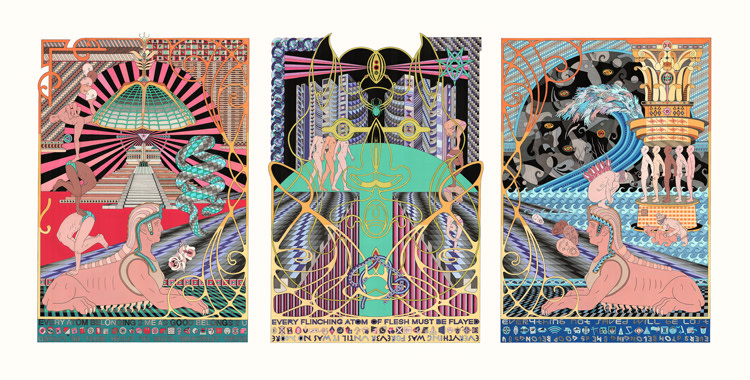
It's hard to find just one word to describe New Zealand artist Jess Johnson's otherworldly artwork.
Her fantastical pieces intricately combine mystical symbols, runes, and complex geographic patterns with body parts and English language to transport us to another realm and question our idea of consciousness. She combines these ideas in elaborate drawings and brings them to life through animation and virtual reality work with her video collaborator Simon Ward.
Living in New York for some time when the COVID-19 pandemic hit, Jess jumped on a flight to New Zealand for what she thought would be a three month stay — one that has since become semi permanent. When possible, she plans to regularly split her time between New Zealand and New York, balancing the fast-paced opportunities of the US with the quiet focus of her home country.
In the middle of moving and setting up her new studio in New Zealand, and ahead of her appearance at Semi Permanent Wellington, Jess took a quick break to discuss this exciting new era for her career.
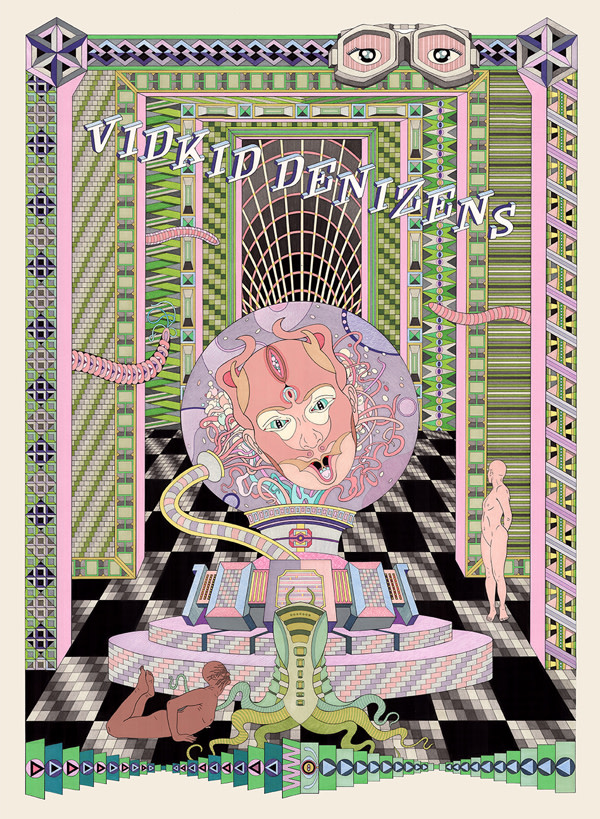
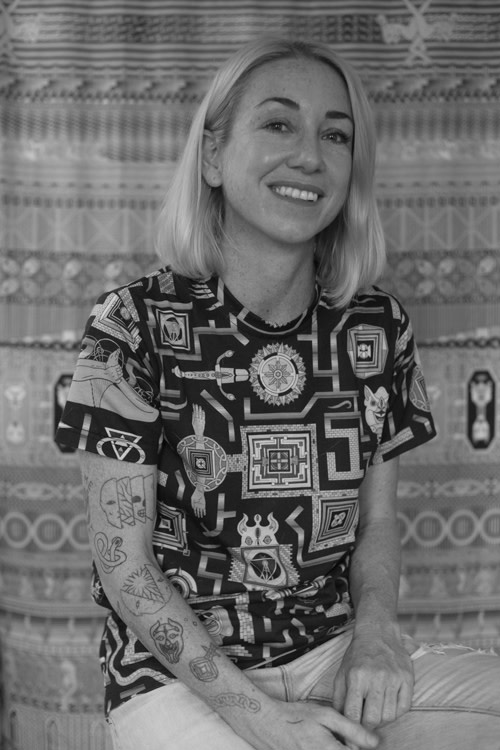
How has being back in New Zealand affected your work?
It was a very atypical period last year because of the pandemic... with all of your calendar, activities, projects, and shows getting wiped in one fell swoop. But prior to that, New York is very stimulating, and very good for career and meeting people and finding opportunities that you’d never never get in Australia or New Zealand. But it's not very conducive to being productive in the studio. I used to do artist residencies and I’d try to get them in quite remote places so that I didn’t have all of the distractions of the city. So I guess New Zealand is a little bit like that, where it’s more conducive to being able to focus and get deeper into the work. I haven’t quite been able to do that yet because I’m still busy setting up a home base here.
Since you’ve been back you’ve been exploring quilting with your mum. What’s it been like exploring your art with her?
It's been really wonderful revisiting the experiences of my childhood or teenage years when I was living with mum. She’s always been an avid quilt maker and always had an area in the house where she would be quilting and making patterns. I think all of the geography, planning, and math that would go into the quilts, and the love of pattern, I think it really seeped in when I was younger. Now we both recognise a lot of parallels in my drawing compositions and mum's quilt making.
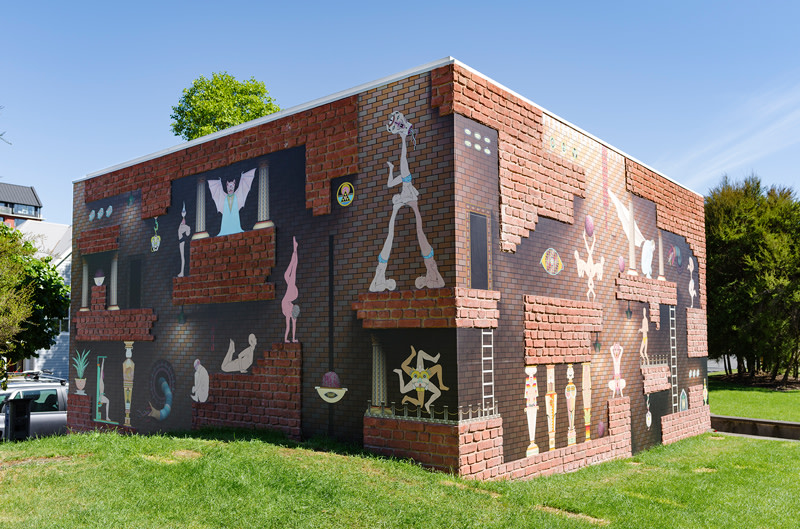
Your work is really informed by sci-fi and fantasy, where does that interest come from?
It definitely harks back to my interests as a kid and teenager. The popular childhood films from the 80s had these very esoteric mystical themes to them. Films like The Dark Crystal and The Neverending Story featured quite mystical grown up themes. Those are my earliest memories of the super detailed, fantastical worlds that I got to experience through movies. That's what I've always been drawn to in popular culture. I didn't have a TV when I was growing up so I was a really huge reader too.
Were you drawn to fantasy and sci-fi books as well?
It was always these super highly-detailed fantasy series and sci-fi series. I would go into secondhand book shops, and do the same thing at the video store, where you don't know the authors or directors so you’d grab stuff based on the cover artwork. For books that was a lot of ‘60s and ‘70s secondhand sci-fi with beautiful cover art. Writers like Brian Aldiss, Isaac Asimov, and Ursula K Le Guin were really great early education. It’s still predominantly all I read: science fiction and the news.
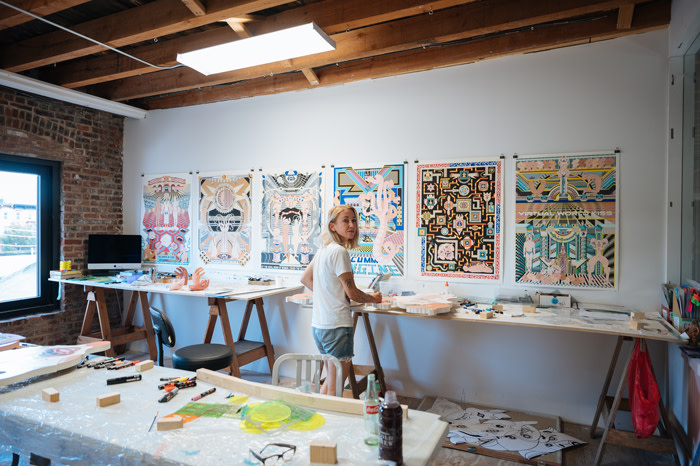
Do you see the world in your work as an established universe with recurring characters and settings? Or is it more random than that?
It’s a bit hard to articulate a simple answer. It is, if you like, one sphere. But it's disjointed from any kind of time, place, or linear narrative. My drawings are like little pinhole windows into that sphere. And then it gets translated into animations or VR through my video collaborator Simon, whose background is in music videos and film and is much more adept at creating narratives. He uses my pinhole pricks and then joins them up for other people. But yeah, I don't think of the activities of that realm as having much comprehensive structure.
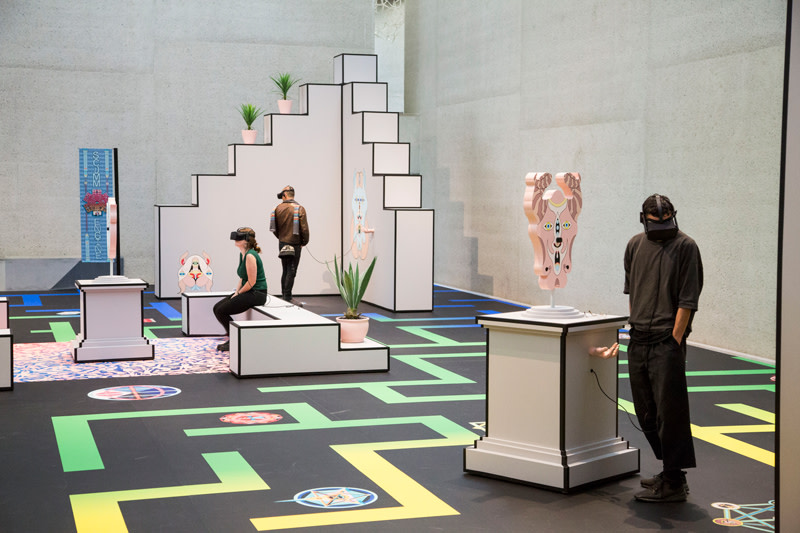

How does your process generally begin for something like a drawing?
I have running text documents where I keep an archive of words and phrases. I constantly add things that I’ve picked up in books or weird science magazines, or new words that pique my interest. And then I'll narrow it down to say 10 phrases, which will be the starting points for the drawings. And then I also might have a bank of visuals like images, sketches, or things I found on the internet — a hybrid creature that I want to draw or some piece of architecture. So then I’ll marry the words to one visual element and then that's the starting point. And then while I'm drawing my brain will be thinking ahead about some other parts of the drawing and so on.
It’s a very organic process where one bit leads on to another. But I probably plan out the drawings a bit more now than I used to. I'm kind of in two minds about that because I think it does take away something when the drawings get overly planned. Whereas the ones that happen really organically are a bit of a mess but there's weird surprising things in them. That’s when you can learn new things or open up new windows and techniques. I'd like to force myself to kind of reintroduce more chaos and chance into the compositions, I guess. Oscillating between those two impulses of control and chaos is where the good stuff happens.
How many hours goes into a drawing?
The small ones can happen quite quickly, where it might be just a few days. But the large ones could take a good month. I used to be a lot more productive with drawings. But that was when I locked myself in the studio and didn't have all of the administration of shows, collaborations, travel, and life stuff. I used to be able to produce a lot more but now it's like trying to snatch time where I can have uninterrupted focus, which is really difficult to do.
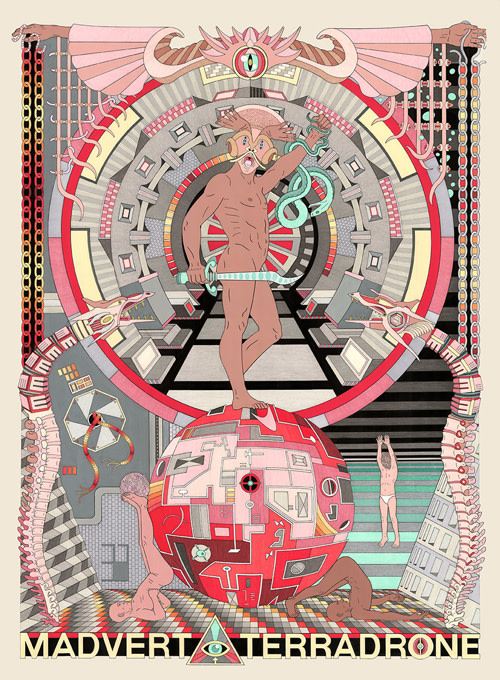
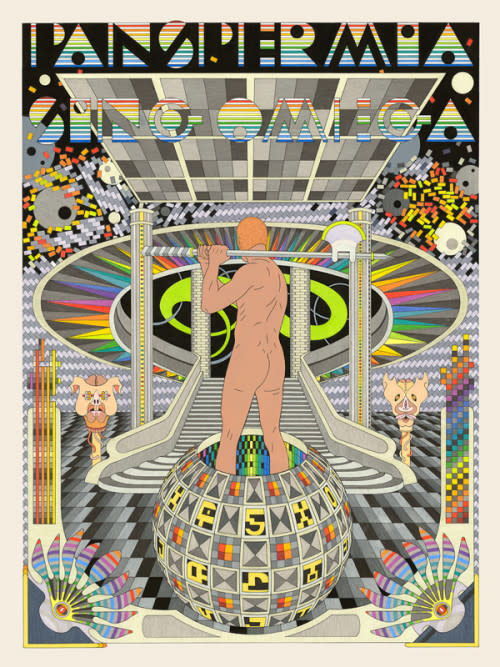
This last question is one I saw pop up on your Instagram comments a lot, so let’s get it on the record... What kind of markers do you use?
Colour Master from Japan! You have to physically go to Japan and buy them though, they don’t export them outside of Japan.
Jess Johnson will appear at Semi Permanent Wellington 2021, where we'll hear more about her creative process. Tickets here.